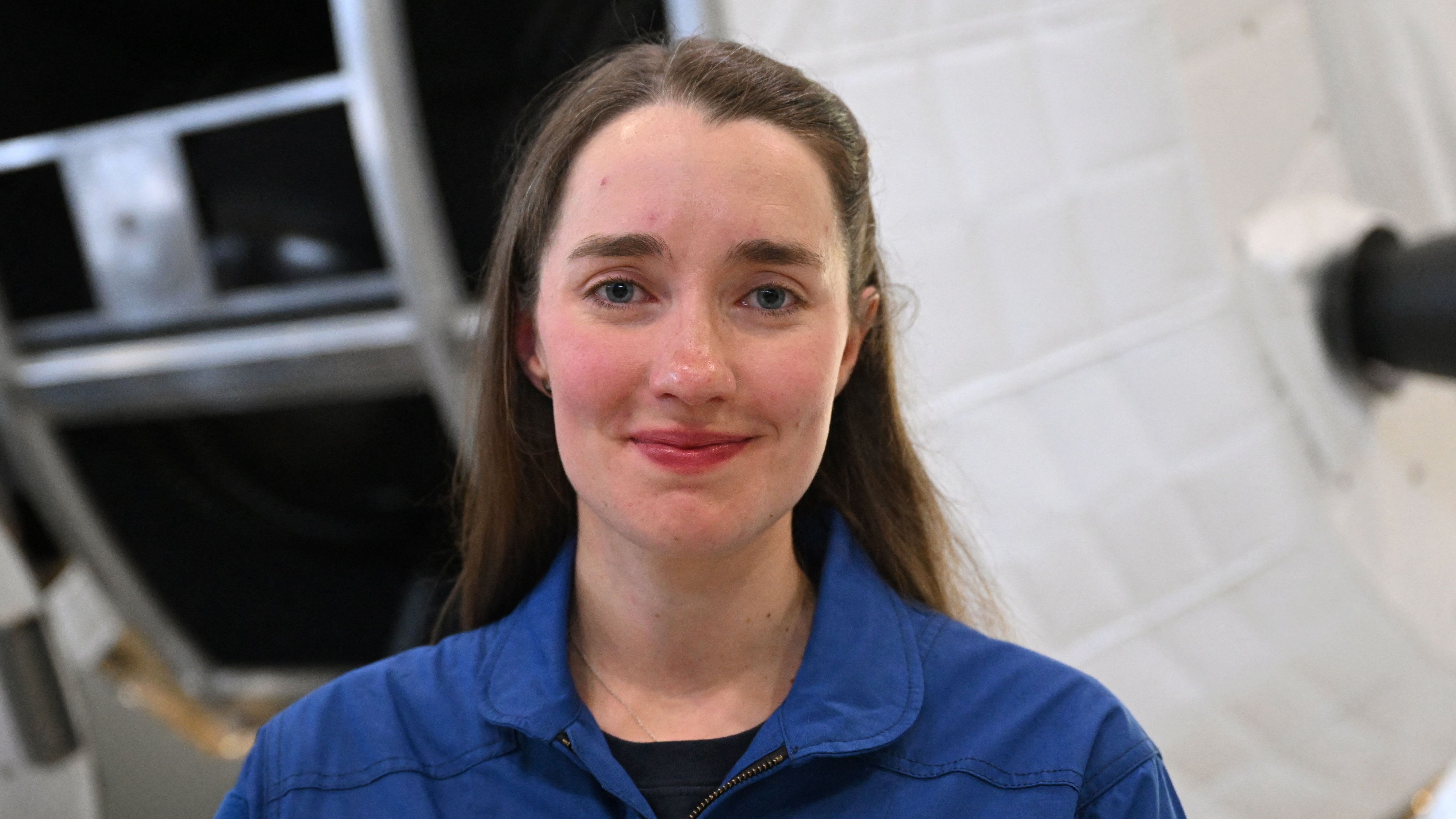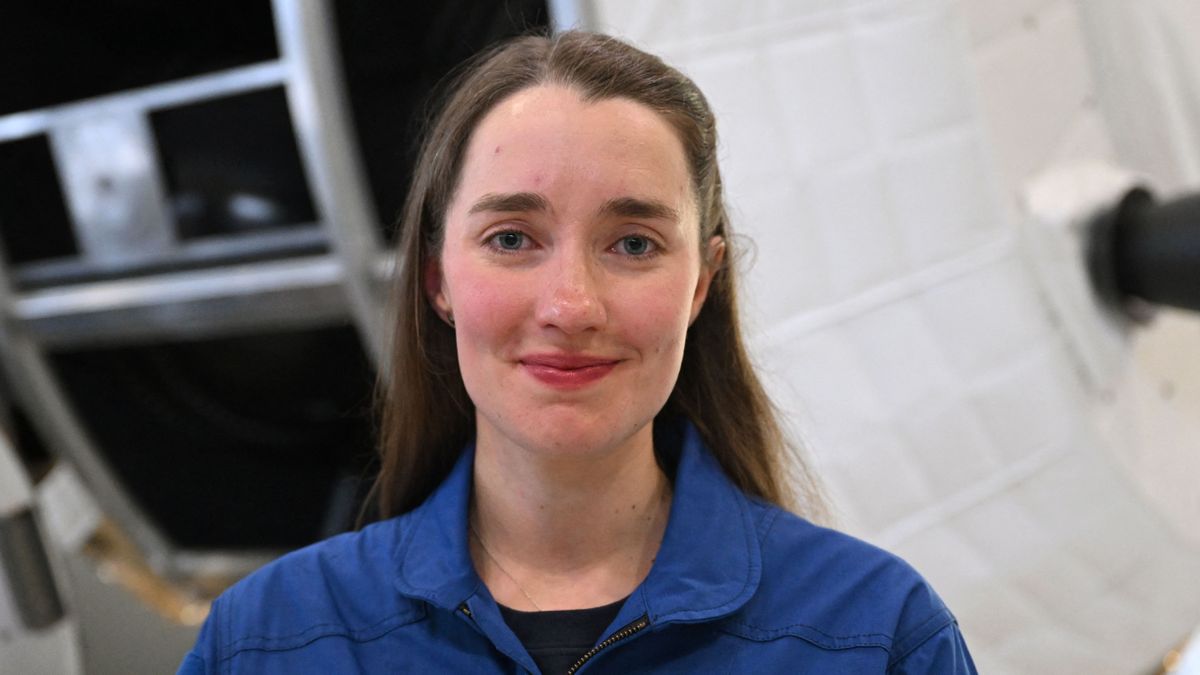Becoming an astronaut is a dream for many people – two-thirds of British children want to work in space, according to a study of 2,000 UK youngsters last summer.
That dream became a reality for Rosemary Coogan, who finally got her “astronaut wings” last month, said the Daily Mail. The astrophysicist from Belfast, Northern Ireland, has become the UK’s third-ever astronaut, following in the footsteps of Helen Sharman and Tim Peake.
But others have had to wait much longer for space travel than Coogan is likely to. Last weekend, Ed Dwight fulfilled his ambition to go to space more than 60 years after he was chosen by then US President John F Kennedy as the first black astronaut candidate in the country.
Subscribe to The Week
Escape your echo chamber. Get the facts behind the news, plus analysis from multiple perspectives.
SUBSCRIBE & SAVE
Sign up for The Week’s Free Newsletters
From our morning news briefing to a weekly Good News Newsletter, get the best of The Week delivered directly to your inbox.
From our morning news briefing to a weekly Good News Newsletter, get the best of The Week delivered directly to your inbox.
As Nasa did not select him for a mission, Dwight thought he had missed his chance, but on Sunday, the 90-year-old became the oldest person to go to space. The Blue Origin spacecraft took a six-person crew to the edge of space before parachuting them back to Earth.
But the path to becoming a professional astronaut is even longer than a journey into space.
‘Tremendous responsibility’
By the time professional astronauts reach space, they generally have at least a decade of professional and educational experience in technical fields. Then, it takes about two years to qualify for space and several more years of mission training.
Candidates need to be between 27 and 37 years old and fluent in English. Russian is spoken with English on the International Space Station, so a basic grasp of that language is also a definite benefit.
Hopefuls need a degree and a postgraduate qualification in a relevant subject such as science, engineering or aeronautics, and “you’ll have an advantage if you’re a pilot with at least 1,000 hours of flying experience in a high-performance aircraft like a fighter jet”, said the National Careers Service.
A strong character is important because astronauts have to “bear tremendous responsibility while in orbit”, said the European Space Agency, and because it is “a challenge to live in a confined space for long periods with other people”.
Other helpful characteristics are “an ability to adapt quickly to changing situations” and “mature judgement”, as well as the more obvious willingness “to spend long periods away from home”.
‘Pressure chambers’
Having cleared the main hurdles, astronauts don’t jump straight into a rocket and soar up to space. Most agencies require a newly selected individual to pass a series of basic tests across two to three years of training before qualifying as an astronaut.
Coogan was trained in technical skills including spacecraft systems, flight engineering, robotics and life-support systems. She took part in winter survival training in the “snowy mountains of the Spanish Pyrenees” and “experienced the effects of hypoxia first-hand in a pressure chamber”, said gov.uk, enabling her to “recognise symptoms and respond accordingly” in low-oxygen environments in case of an air leak or reduced pressure in a spacecraft.
Graduating from astronaut basic training was “an incredibly moving moment for me”, said Coogan. “From dreaming about space to now being one step closer to reaching it”, she said she felt “filled with gratitude and determination to make the most of this extraordinary opportunity”.
Coogan visited Nasa’s facilities in the US, where she took part in scuba diving for spacewalk training underwater in a 12-metre-deep Neutral Buoyancy Laboratory and spent time in a replica of the International Space Station, where astronauts can perform underwater simulations of spacewalks.
“Even after that”, said Space, astronauts “may spend years or decades on the ground”, waiting for a slot to open on a rocket mission. They are kept busy, however, with “supporting other space missions, working on spacecraft development” and other agency tasks.


